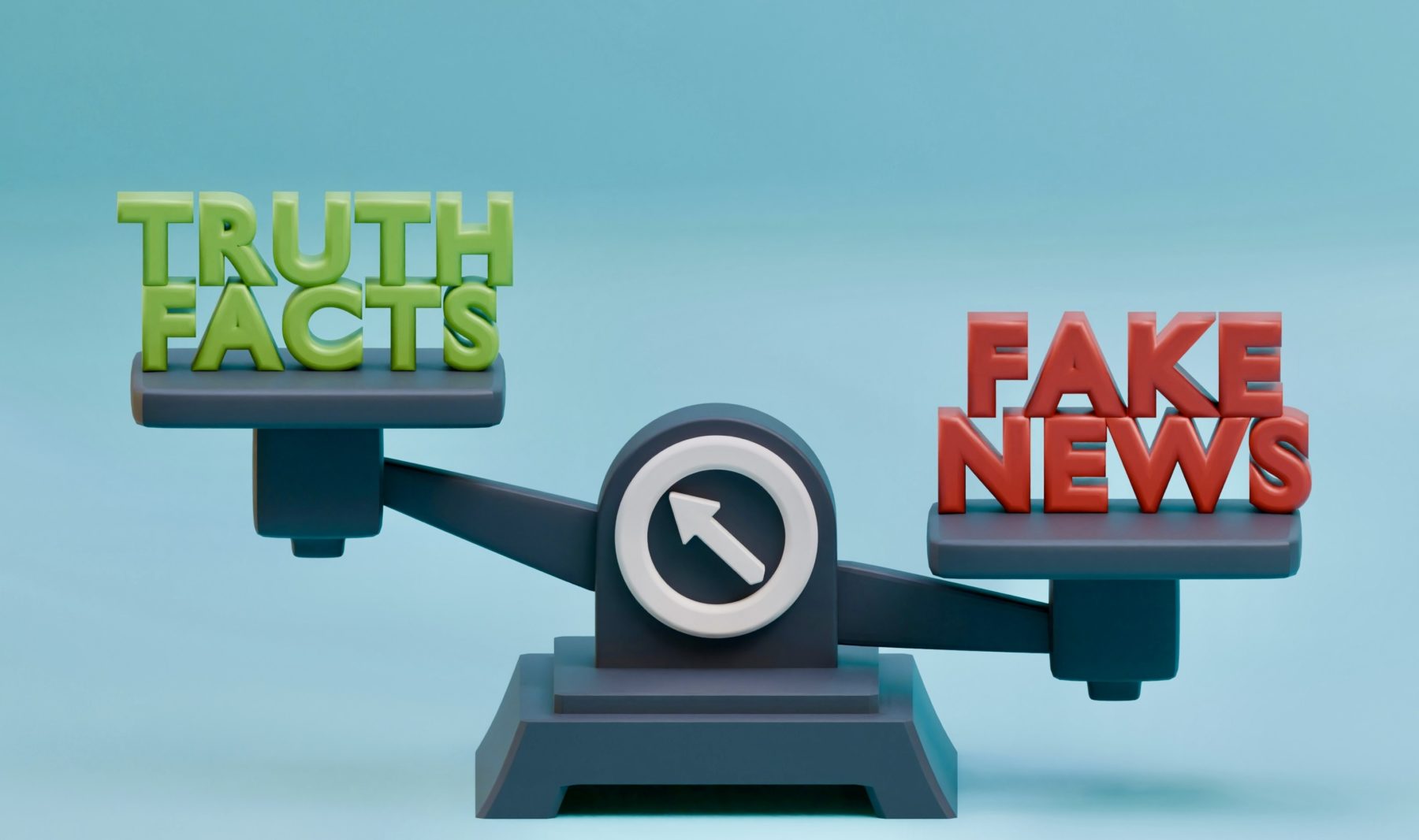
Being digitally literate in today’s world means also having the right tools to spot disinformation. Emerging technologies are polishing themselves to provide the best help to users of all ages. However, their widespread usage also carries a less desired outcome: disinformation.
How can educators and learners of today become digitally resilient against this phenomenon?
The first step is to remind themselves that not everything that they see online is necessarily true. In fact, the most widely used technology, artificial intelligence, has been trained and fueled on biased datasets and its application in text, audio, video and graphic content sometimes results in debatable creative content, such as deepfakes.
The second step is to acknowledge that the first carriers of disinformation are humans. The more an AI-generated output circulates, the more people are going to be prone to believe it. Therefore, it is crucial to be educated and trained constantly to spot potentially fake information. Educators should bring up more and more examples of malicious content and show them to their learners, pointing out specifically what makes them dangerous to share.
Since younger people learn more about the world through AI-generated content and they use technology in their learning environments, critical thinking becomes an essential skill that every learner and educators should possess to become more aware of the manipulated content.
From a European perspective, as Cristina Arribas, Rubén Arcos and Manuel Gertrudrix write in their research paper Rethinking education and training to counter AI-enhanced disinformation and information manipulations in Europe: a Delphi study, a good best practice would be to combine digital literacy with geopolitical awareness and historical analysis into the digital skills framework and in the classroom.
Additionally, the usage of micro-credentials in the learning environment is strongly encouraged as it provides “specific, flexible and modular learning opportunities that meet the needs and gaps created by the rapid development of artificial intelligence. Hence, people can continuously update their skills in response to new challenges and technologies”.
Furthermore, to have a global European alignment, the researchers suggest integrating this approach with the key concepts of the European Skills Agenda and the priority 2 of the Digital Education Plan, because “it enables people from different backgrounds to navigate the information environment effectively according to their personal, social or professional needs, while minimising the risk of being misled, manipulated, deceived or misused for political purposes”.
As a result, digital literacy and civic competences will be developed and strengthened in the long term.
In the academic publication Education as a countermeasure against disinformation, Professors Thomas Nygren and Ullrich K.H. Ecker from the University of Lund and the University of Western Australia affirm that “digital divide exists between groups with better knowledge and skills to deal with digital news and others with less knowledge and skills who are more gullible”. Therefore, a potential solution would be to fill in this gap by strengthening both subject-specific knowledge and the ability to navigate digital information.
As a matter of fact, algorithms are biased towards content that attracts attention and gets shared, provoking, in some cases, a strong emotional response. Moreover, one’s overconfidence in their abilities to distinguish false information from real one can undermine their capacity to spot more sophisticated manipulated ideas. As “the methods used to spread false information are becoming increasingly sophisticated, it means that no one is immune and disinformation training must constantly evolve and adapt to new circumstances. Moreover, many types of disinformation are not entirely false but contain grains of truth mixed with misleading or biased information. This makes it difficult for individuals to completely dismiss the information as false, which can create confusion and uncertainty.”
Thus, good subject knowledge serves to better assess source credibility and manage information critically.
Educators can implement media and information literacy trainings by adopting a research-based approach and gamification (Bad News) with content adapted to an educational environment and a precise target audience. Students can feel empowered as fact-checkers by using lateral reading techniques (comparing information received with independent sources) and digital verification tools, such as Google Lens and InvidWeVerify.
However, one thing is clear: resilience against disinformation cannot be built just temporarily. A long-term vision and concrete approach should be developed by “integrating source evaluation, media analysis and general information literacy lessons across different subjects, so that students practice these skills in different contexts (European Commission, 2022a), and combine such efforts with ongoing monitoring of impacts, to assess improvements and long-term effects of systematically repeated interventions”.






